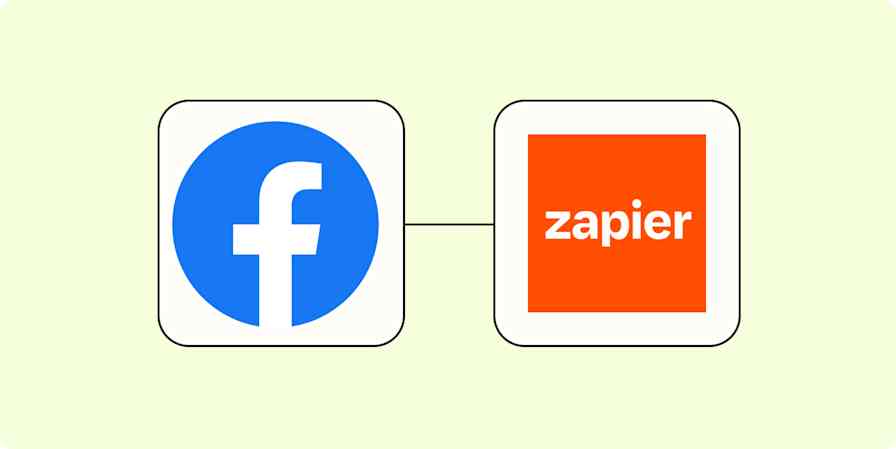Automation inspiration
3 min read3 ways to automatically keep track of your leads
By Janine Anderson · August 10, 2022

Get productivity tips delivered straight to your inbox
We’ll email you 1-3 times per week—and never share your information.
Related articles
Improve your productivity automatically. Use Zapier to get your apps working together.








